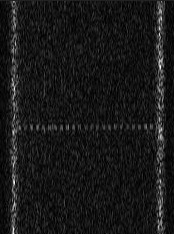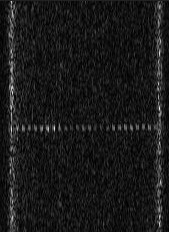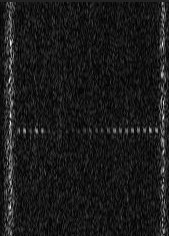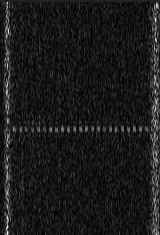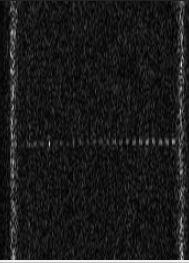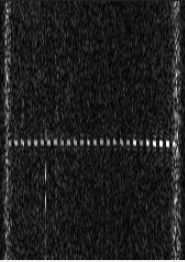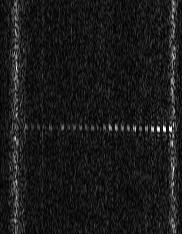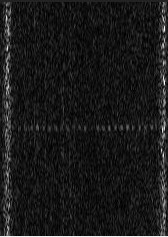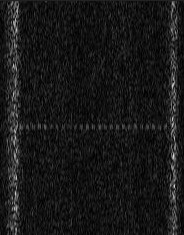Beacon re-deployed again yesterday evening. Steady signal overnight, around...
Stable but weaker overnight, clear and down just below...
Changes in temperature visible by slight frequency variations! No...
9C overnight Rain at 20:00 causing brief dip in...
Stable all night, around 6C, pressure up a little...
Weaker tonight, short peak in strength when we had...
Excellent signal overnight, Wind picked up early morning. Heavy...
Re-deployed beacon at 13:00 Weak signals up to around...
Hazy all night, around zero C, Last night of...
Clear visually, very little cloud, just above zero C,...

